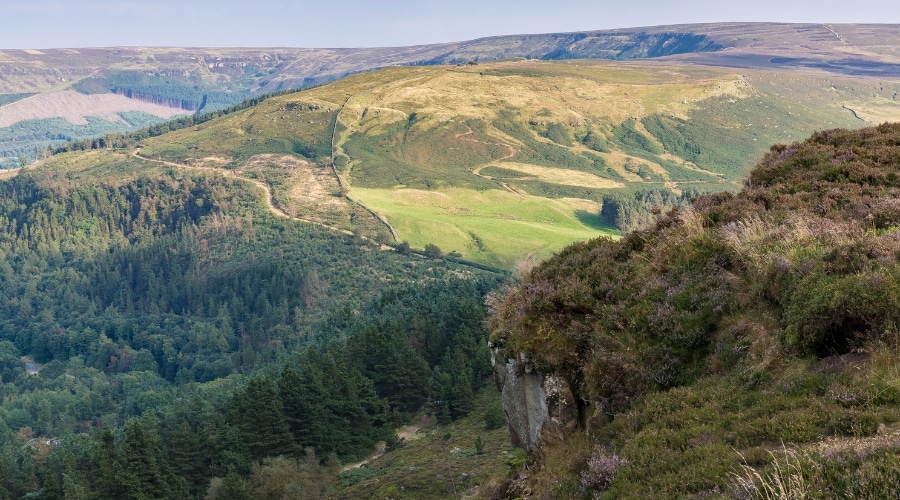
Micro-regulation of shooting is impeding protected sites, says BASC
BASC has criticised the current legal framework on protected sites that leaves shooting activities disproportionately restricted.
Get information on the legal shooting season for mammals and birds in the UK.
Apply for funding for your project or make a donation today
Comprehensive information and advice from our specialist firearms team.
Everything you need to know about shotgun, rifle and airgun ammunition.
Find our up-to-date information, advice and links to government resources.
Everything you need to know on firearms law and licensing.
All the latest news and advice on general licences and how they affect you.
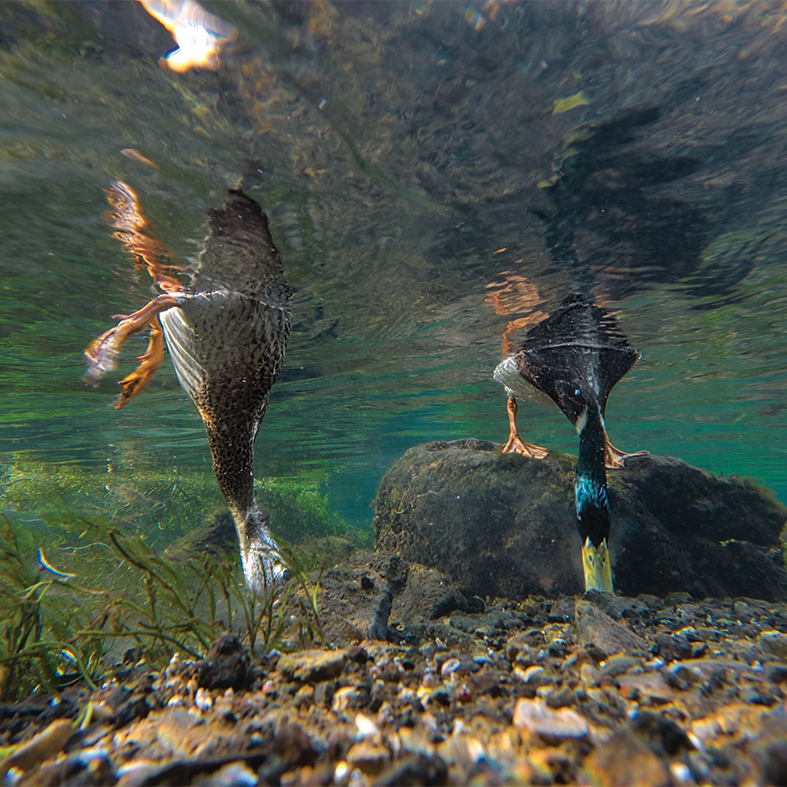

Running a wildfowling club is more than just a hobby; it is a year-round commitment that demands dedication from its executive committee members – almost always volunteers. These individuals are the unsung heroes that give their time and energy to ensure the smooth running of the club. Their dedication ensures members can enjoy the sport in a safe, structured and legally compliant manner.
Much like local football, rugby or golf clubs, wildfowling clubs rely on a small group of committed individuals to handle an extensive range of duties. Without them, clubs simply would not function. They work tirelessly behind the scenes to keep everything running smoothly. Committees vary in size but they ensure members have access to the shooting of wild ducks, geese and waders. They maintain relationships with landowners and potentially conservation bodies, and oversee a wide range of administrative, financial and regulatory responsibilities.
eyond the visible aspects of club life such as AGMs, annual dinners, work parties, clay shoots and more, committee members manage a host of essential but often overlooked tasks. These include securing and renewing leases, ensuring compliance with the law(s) and maintaining the financial stability of the club. Additionally, club committees must also in some cases liaise with external stakeholders, local authorities, conservation organisations and other land users to safeguard the club’s rights, access, and ultimately their future.
The scope of work extends far beyond simple administration. Committee members are responsible for risk assessments, updating club rulebooks and maps, and organising work parties to maintain the areas which they manage.
Lots of clubs are also involved in a multitude of conservation efforts. These efforts range from litter picks to all-out new habitat creation – one costing nothing but time and energy… the latter costing thousands of pounds and months of hard work.
Perhaps one of the most time-consuming tasks is managing the club’s membership, and the bigger the club, the bigger the job. This includes processing existing membership renewals, reviewing new applications and often conducting interviews or assessments to ensure new members are going to be good ambassadors and understand the principles of sustainable wildfowling. Some clubs even run singular or multiple training sessions or mentorship programmes to help integrate newcomers to the club.
egulatory compliance is often the biggest hurdle, as wildfowling is subject to a range of legal and environmental protections. These protections often cause a headache and lots of clubs must adhere to restrictions when shooting on Sites of Special Scientific Interest (SSSIs), Special Protection Areas (SPAs) and Special Areas of Conservation (SACs).
Financial management is equally important, with committees overseeing budgets, managing expenses and ensuring club funds are used appropriately. This includes collecting membership fees, arranging insurance policies, funding conservation projects and annual events like dinners, clay shoots, leases, rents, legal fees, accountancy fees and even printing and postage.
Committee members take great pride in their work, knowing they play a crucial role in preserving the future of the club, wildfowling, and shooting in general. Their efforts enable members to enjoy the sport in a responsible and structured manner, while also contributing to conservation and the maintenance of the land they frequent. In many ways, the work of these individuals goes unnoticed, but without them… well, you know how that ends.
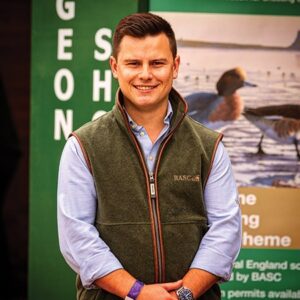

BASC has criticised the current legal framework on protected sites that leaves shooting activities disproportionately restricted.
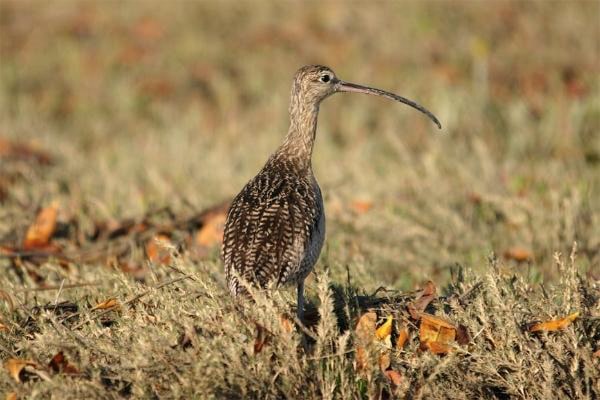
The Gylfinir Cymru partnership, involving BASC and 15 other partner organisations, has launched a 10-year plan to reverse curlew decline in Wales.
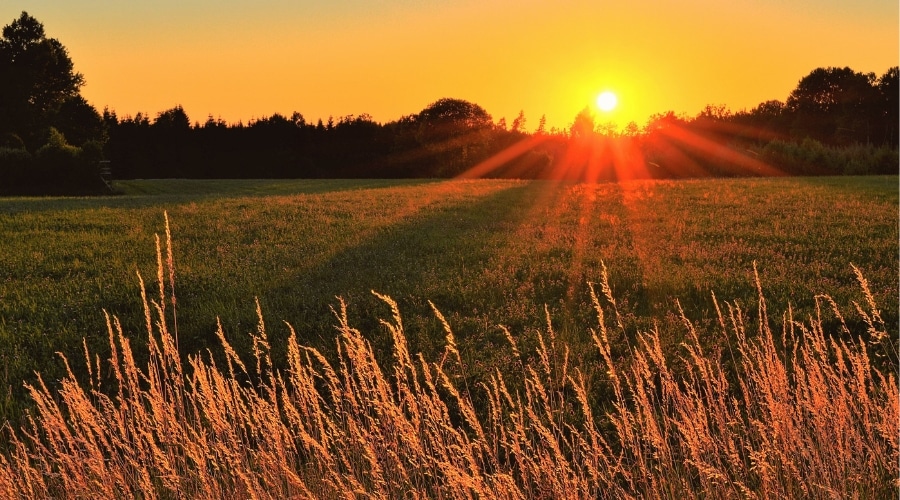
BASC is urging members to move quickly to express their interest in the Species Survival Fund for habitat work in England.